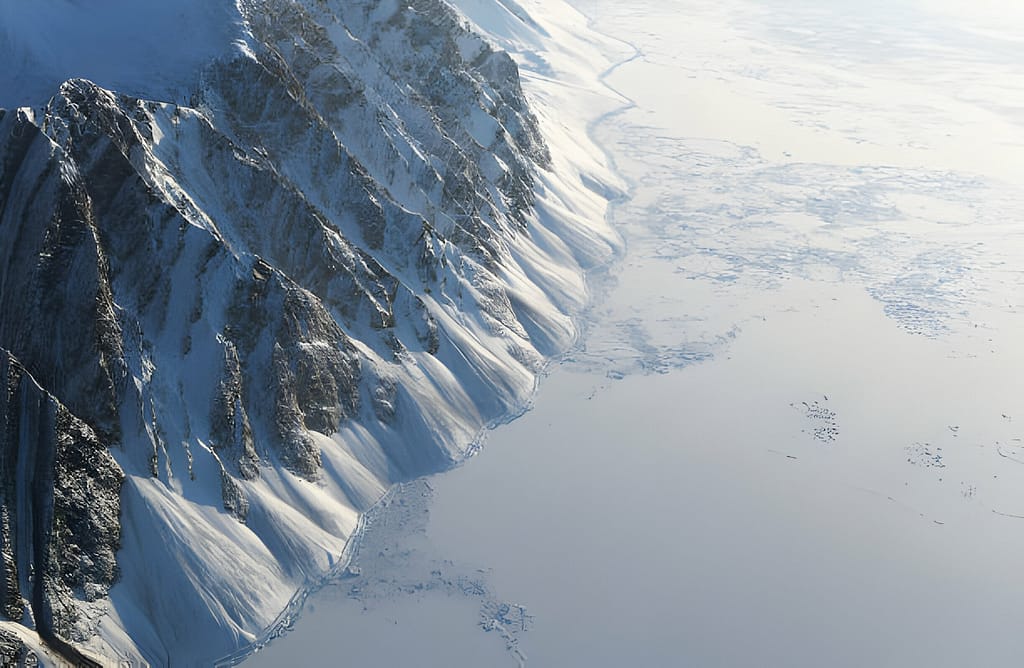Located in the Canadian Arctic Archipelago, Ellesmere Island, it is the world’s tenth-largest island and the most northerly island in Canada. Its northernmost point, Cape Columbia, is just 470 miles (746km) short of the North Pole. Despite its remote location, Ellesmere Island is a place of stunning natural beauty and rich history, making it an ideal destination for those seeking adventure and solitude.
Table of Contents
Ellesmere Island Facts

Ellesmere Island is a land of extremes. Its climate is harsh and unforgiving, with temperatures often dropping to -45°C (-49°F) in winter. The island is covered in ice for much of the year, and its rugged landscape is dotted with glaciers, mountains, and fjords. Despite its icy conditions, Ellesmere Island is not covered in snow. It is actually a desert, with precipitation (snow, rain, and condensation) totaling only 2 1/2 in (60mm) a year. This unique combination of ice and desert makes Ellesmere Island a truly unique destination.
Ellesmere Island Legacy
Ellesmere Island has a rich history that dates back thousands of years. It was first settled by the ancestors of the Inuit around 4000 years ago. These early settlers were followed by waves of new settlers, known as the Thule people, around 1250. However, harsh winters took their toll, and by the mid-18th century, the island was uninhabited. It wasn’t until 1953 that the first permanent settlement was established at Grise Fjord in the south. Today, Grise Fjord is home to around 100 Inuit residents and is Canada’s most northerly community.
A Journey Through Ellesmere Island
Visiting Ellesmere Island is like stepping into another world. The landscape is stark and beautiful, with icefields, glaciers, and mountains stretching as far as the eye can see. In summer, the sun circles permanently over the horizon, casting bewildering shadows and creating a surreal atmosphere. In winter, the island is shrouded in darkness, with no sunlight for nearly five months.
Despite its harsh climate, Ellesmere Island is home to a surprising variety of wildlife. Musk oxen, arctic hares, and Peary caribou roam the island, while birds such as the snowy owl and the arctic tern make their homes here. The lake Hazen area is a particularly lush oasis in the vast wilderness, bursting into life with greenery and wildflowers in the summer months.
Our Take On Ellesmere Island
Ellesmere Island is a place of contrasts. It is a frozen desert, a land of ice and snow, and a place of stunning natural beauty. It is a place where the sun never sets and where the darkness never ends. It is a place where time seems to stand still and where the past and the present collide. It is a place where the air is so pure that the whole landscape stands out in crisp detail. It is a place that is both distant and close, a place that is both harsh and beautiful. It is a place that is truly unlike any other.